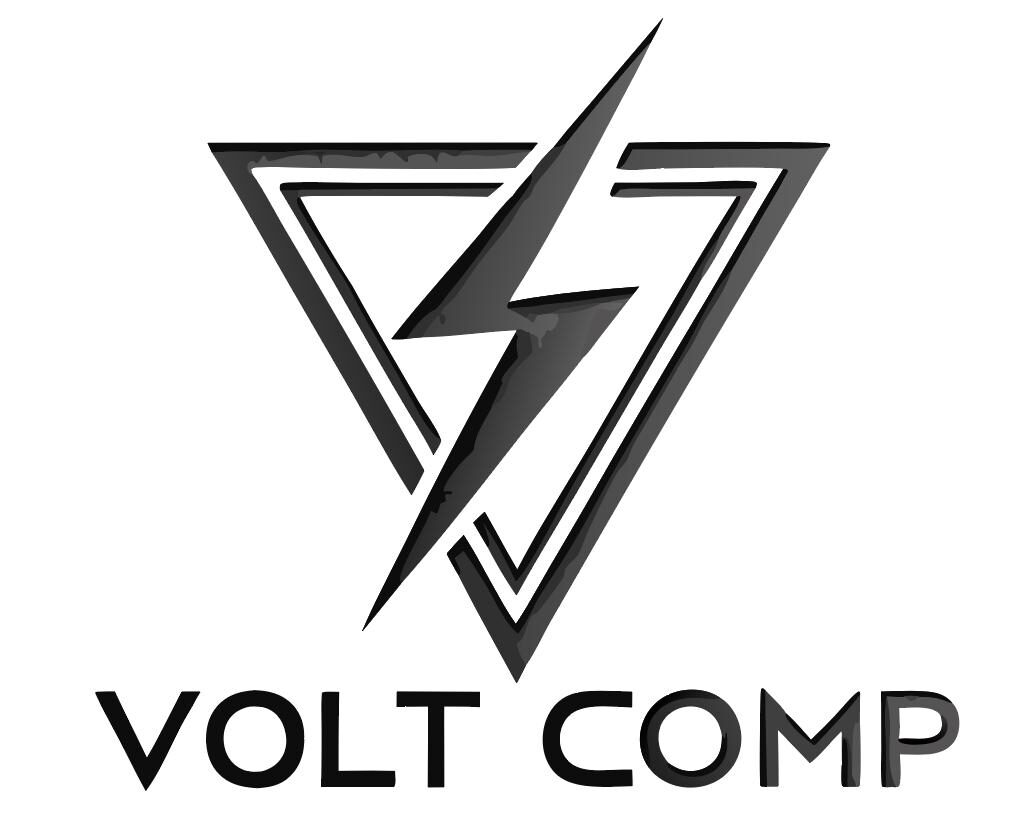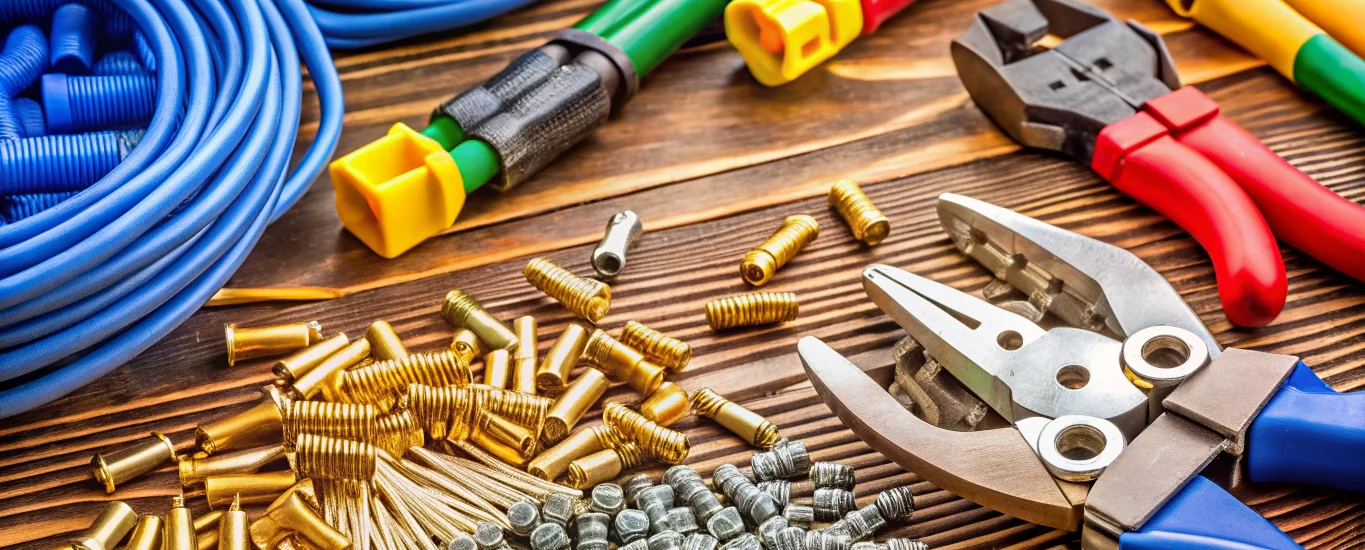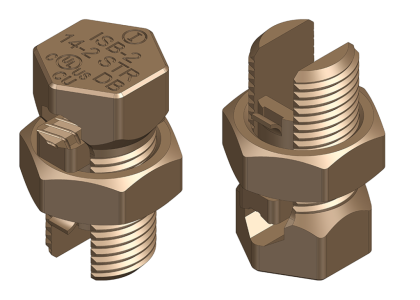In the world of electrical systems, the unsung heroes are often the connectors. These small but mighty components ensure that power flows smoothly and safely. But with so many types of electrical connectors available, how do you choose the right one for your project? Let’s dive into the fascinating world of electrical connectors and discover how to select and install them for optimal power distribution.
The Art of Connection: Exploring Types of Electrical Connectors
Electrical connectors are as varied as the projects they power. Each type has its own unique application, making it essential to understand their specific uses.
The Straight Shooter: Butt Splices
Imagine needing to connect two wires in a straight line—enter the butt splice. Available in both insulated and non-insulated forms, these connectors are crafted from materials like copper and aluminum. Insulated versions are perfect for environments where moisture is a concern. Curious to see them in action? Check out our Butt Splice Connector and Butt Connector offerings, or learn more about butt splices in this Elliott Electric guide.
Secure Connections: Ring and Fork Terminals
For those in the automotive and industrial sectors, ring and fork terminals are indispensable. These connectors, often color-coded and made from tin-plated copper, offer excellent conductivity and resist corrosion. Explore our Tinned Copper Ring Type Cable Terminal Ends, or dive deeper with Remington Industries.
Quick and Easy: Bullet Connectors
When it comes to automotive applications, bullet connectors are a favorite. Their design allows for easy connection and disconnection, making them ideal for low-voltage applications in tight spaces. Learn more at Pacer Group.
The Twist-On Wonder: Wire Nuts
Wire nuts are the go-to for joining multiple wires. Available in various sizes, they can handle different wire capacities. For a deep dive into wire nuts, including capacity charts and UL standards, visit IDEAL Industries.
Tools of the Trade: What You Need for Installation
To ensure your electrical connectors perform at their best, having the right tools and materials is crucial.
- Crimping Tools: Whether you opt for hydraulic, ratcheting, or manual, the right crimping tool is key. Proper calibration and torque specifications ensure a secure connection. Our Crimping Type Copper Tubular Cable Terminal Ends are a reliable choice.
- Wire Strippers: Precision is everything. Ensure you strip the wire to the correct length to avoid nicking, which can compromise the connection.
- Insulation Materials: Protect your connections with heat-shrink tubing or nylon insulation, safeguarding them from environmental factors.
Mastering the Installation: A Step-by-Step Guide
Precision Stripping
Start by stripping the wire to the appropriate length, taking care not to nick the conductor. This step is vital for maintaining connection integrity. Learn more about proper stripping techniques here.
The Perfect Crimp
Choose the right crimping tool and die for your connector. Insert the wire, apply the crimping tool, and ensure a secure, uniform crimp. Inspect for any irregularities. For manufacturer specifications, refer to the MIL-T-7928 standard.
Insulation: The Final Touch
Apply insulation using heat-shrink tubing or nylon covers, ensuring it’s rated for your application’s operating temperature. More on insulation types can be found at Remington Industries.
Common Problems and Solutions
Even the best installations can encounter issues. Here’s how to tackle one of the most common problems.
What to Do About Cold Crimps
Cold crimps occur when the crimping process is incomplete, leading to poor conductivity and intermittent connections. Symptoms include increased resistance and heat build-up. To fix this, rework the crimp and ensure proper sealing. For troubleshooting tips, visit Mike Holt’s forum.
How do I prevent cold crimps?
Ensure you use the correct die and follow manufacturer torque specifications. Inspect each crimp visually and with a pull test to verify a secure connection.
Standards and Color Codes: Speaking the Language of Safety
Adhering to industry standards is non-negotiable. Familiarize yourself with UL 486A/486B here and CSA C22.2 here to ensure compliance.
Conclusion: Powering Up with Confidence
Choosing and installing the right electrical connectors is an art and a science. By understanding different types of electrical connectors, using the right tools, and following proper installation steps, you’ll create safe, reliable connections that stand the test of time. Ready to explore our full range? Visit our Cable Terminal Category today.





